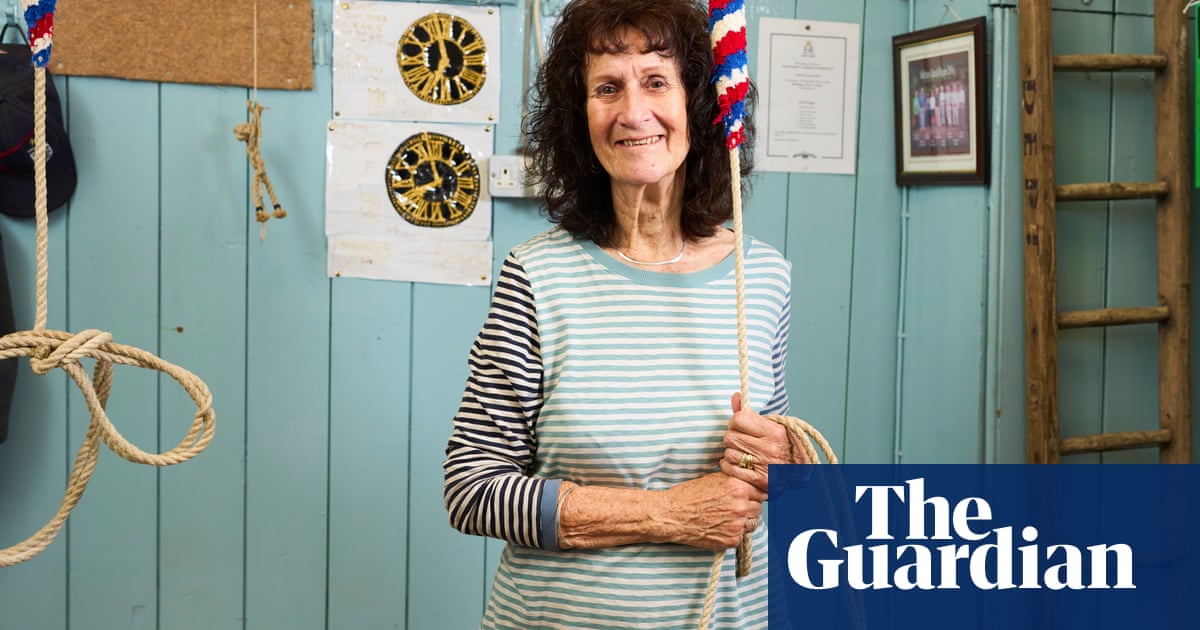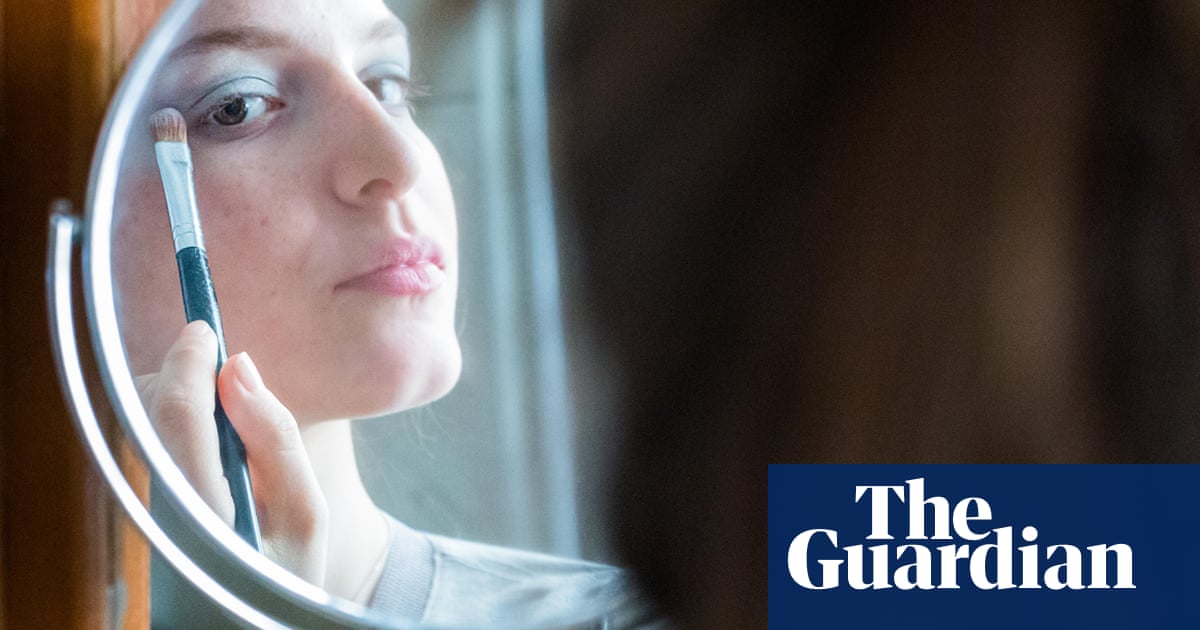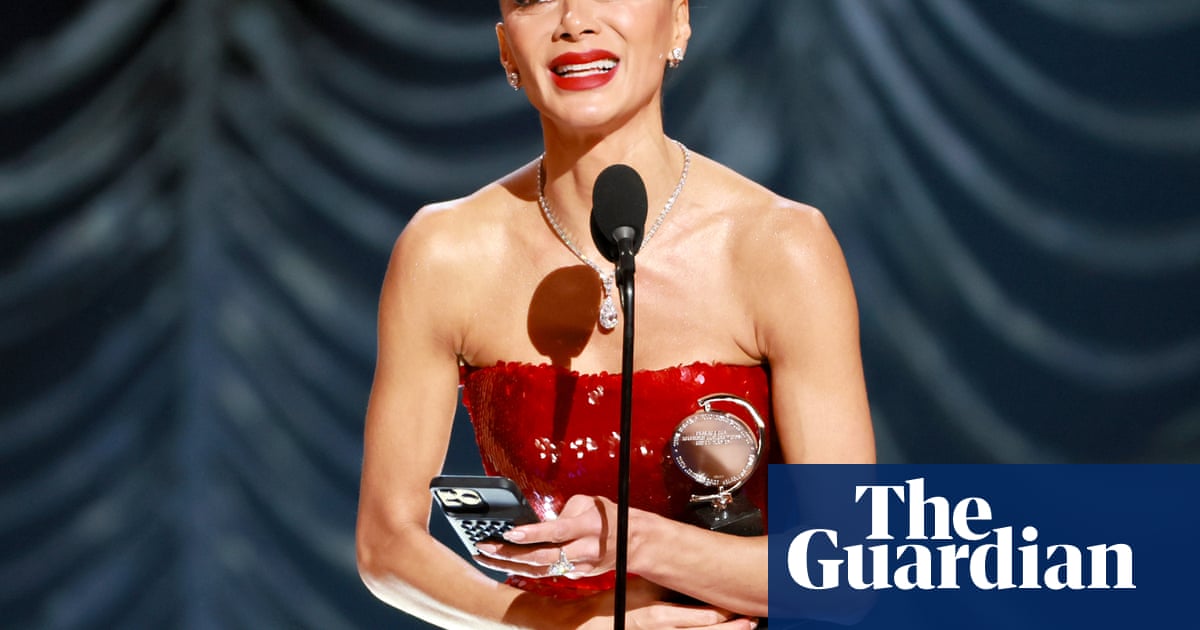Totally neutral question, no right or wrong answer: how do you feel about salmon sperm?
It’s not a Nordic culinary microtrend or a sex thing, but a beauty treatment, in which “Polydeoxyribonucleotides (PDRN) derived from purified fragments of DNA extracted from yes, ‘salmon sperm’” are injected into your face. It does seem to work: proper research has found PDRN has wound-repairing properties in hard-to-treat contexts such as diabetic ulcers and deep burns. Good news (unless you’re a male salmon). But what is it doing in healthy faces?
I learned about salmon sperm in a Sunday Times article on the “skincare secrets” of “26 tastemakers”, which I read, increasingly aghast. It was a litany of lasers, microneedling, injectables and proprietary treatments with silly names that left me shouting crossly at my laptop: “But what does it do?” The only treatment I related to at all was Marina Abramović recounting how a friend of her mother’s put hot mashed potato on her face to temporarily erase wrinkles; Abramović herself uses “thermage radiofrequency”. No wonder a salmon sperm practitioner says it’s “an exciting time in the aesthetic industry.”
Some contributors were celebs, regularly running the unforgiving gauntlet of high-definition television, and the rest were at least very interested, if not professionally involved, in beauty, so they probably aren’t typical. And there’s a certain honesty to it, at least. No one is making out their dewy glow is “just good genes” and “loads of water”. But I also think this newfound willingness to talk about “tweakments” (a jaunty portmanteau that makes me queasy) is a product of them being absolutely everywhere.
Because they are everywhere, for everyone. According to researchers at University College London, the UK injectables market will be worth £11.7bn by next year, with Botox and fillers available anywhere from Harley Street to high-street hairdressers. Writing in Grazia last week, the Guardian beauty columnist Sali Hughes described how “women in teaching, policing and the civil service” ask her advice on where to get “good injections”. In the US, Botox use by 20- to 29-year-olds has increased 28% since 2010, with gen Z buying into “prejuvenation” (another awful portmanteau), fuelled by the poreless perfection offered by filters, staring at themselves on pandemic screens and social media skinfluencers (argh).
I shouldn’t be surprised – actual children are buying expensive anti-ageing potions and fretting about their nonexistent crow’s feet now. But still, this dramatic normalisation of invasive beauty procedures is unnerving.
For one thing, tweakments are so expensive! It’s none of my business how people spend their money – my disposable income is dedicated to becoming the Joe Exotic of decorative poultry – but will we end up with an attractiveness inequality gap? Or will the democratisation of HD face mean almost everyone will be smoothly immobile soon? I suspect there will always be better and worse tweakments: that UCL research also points out how alarmingly unregulated the industry is.
It’s also uncomfortable feeling so out of step. My only foray into tweakment territory is getting my brows, lost to alopecia, tattooed back on (which demonstrates how central frowning is to my character, so Botox is out). It’s not that I’m smugly delighted with my 50-year-old face: the baleful crone in my new passport photo appears, inexplicably, to have a single black eye (actually just a dark circle), adding to the “pensioner arrested after brawl outside bookies” vibe. It would be nice to feel better about my neck, but not nice enough to actually do anything painful and expensive about it.
I suppose we tweakment holdouts will have to wait, and hope, for the tide to turn. As Ozempic and shiny veneers may make thinness and Hollywood teeth look boring and basic, perhaps perfect faces will fall from fashion? I mention the veneers, because when I was watching the Bridget Jones movie, I become fascinated by Chiwetel Ejiofor’s teeth. They’re absolutely lovely, yes, but sort of … normal? One lower one peeps out from slightly behind the others. It only added to his charm. Hugh Grant’s 64-year-old face looked charismatically crumpled too. Maybe when everyone has been homogenised to a glazed sheen of perfection, sagging, bumps, gaping pores and rough patches will be the height of desirability. At that point, I’ll be ready for my closeup.

 3 months ago
48
3 months ago
48

















































